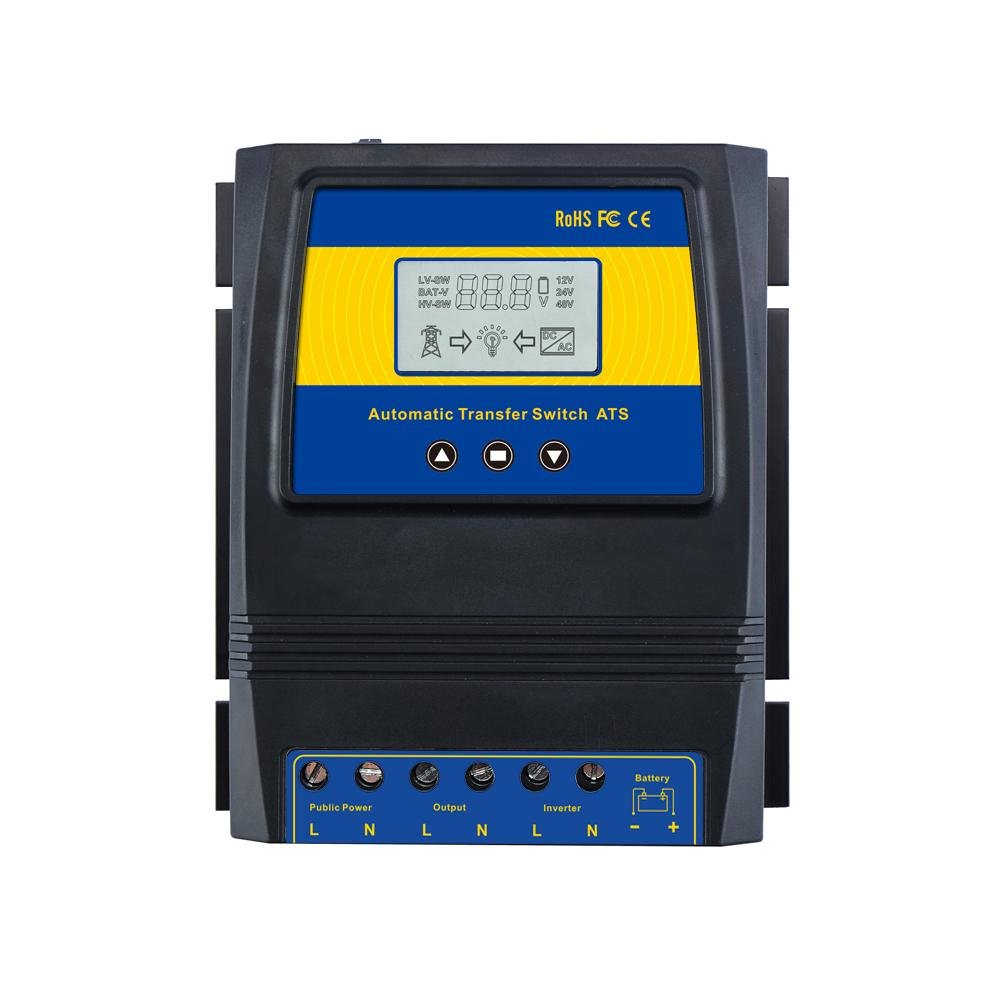Hi all,
I have a 4kW tied panel system, it is split, 8 panels on the east side and 8 panels on the west sides of my bungalow roof and it has been generating since 2012
I have inserted an "Solar iBoost" water heater in my electrical supply to my immersion heater to make the most of excess solar power generated between mid March and October and use it to heat my domestic water supply.
I had looked at adding battery storage but the cost of the storage units and the low power generated between Nov-Feb do not make economical sense.
If there is a power outage my inverter shuts down as it looses the power signal to protect anyone working on the grid, I wondered if I could add 2 YY connectors to some of my panel circuit and connect them to a charge controller feeding a couple of 12v batteries.
The 12v batteries would then be connected to a small 1000W inverter which I could use to power light and other small electrical devices and would be completely separate from the household mains supply.
This is an emergency system only to provide power when the grid is down, do you think it will work.
Regards Stuart
I have a 4kW tied panel system, it is split, 8 panels on the east side and 8 panels on the west sides of my bungalow roof and it has been generating since 2012
I have inserted an "Solar iBoost" water heater in my electrical supply to my immersion heater to make the most of excess solar power generated between mid March and October and use it to heat my domestic water supply.
I had looked at adding battery storage but the cost of the storage units and the low power generated between Nov-Feb do not make economical sense.
If there is a power outage my inverter shuts down as it looses the power signal to protect anyone working on the grid, I wondered if I could add 2 YY connectors to some of my panel circuit and connect them to a charge controller feeding a couple of 12v batteries.
The 12v batteries would then be connected to a small 1000W inverter which I could use to power light and other small electrical devices and would be completely separate from the household mains supply.
This is an emergency system only to provide power when the grid is down, do you think it will work.
Regards Stuart


Comment